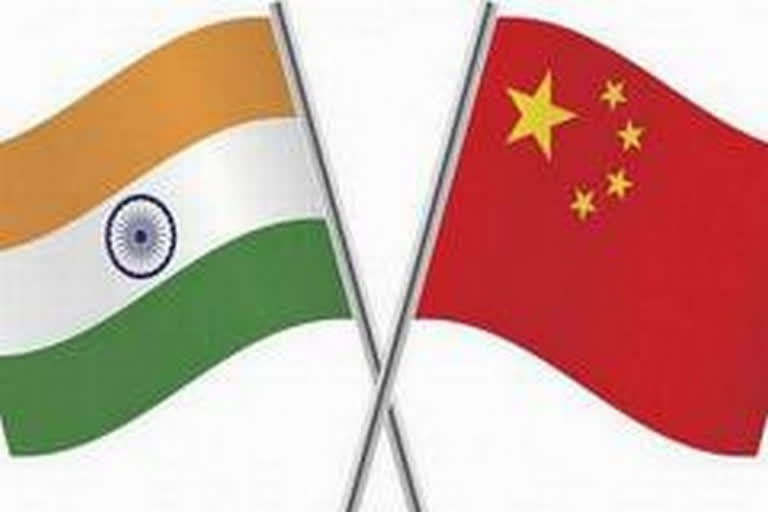New Delhi: Giving a deadly turn to a brawl that is replete with very deep implications, a bloody fistfight broke out on Monday night at the at least 17,000 feet high Galwan Valley in eastern Ladakh between soldiers of the Indian Army and the Chinese PLA threatening a much bigger escalation in the already bellicose and uncertain relationship between India and China.
Information on the incident that took place in the very remote and uninhabited area has been sketchy.
A military source told ETV Bharat: “At least 20 Indian soldiers—including the commanding officer Colonel B Santosh Babu—have been confirmed to be dead and another 10 soldiers are still reported to be missing. Many have been injured.”
“On Monday, the PLA erected some temporary structures on our side of the Line of Actual Control (LAC). Our team led by the CO moved in and dismantled their structure. Initially the PLA seemed to have backed off but then they came back with about a thousand soldiers. The Indian side also had about a thousand soldiers. So a violent fight ensued. As the fight took place near the river back, many wounded soldiers fell into the river.”
This is the first big violent incident between the two militaries in the last 45 years.
According to multiple sources, the death toll is expected to rise substantially with scores believed to have been injured. Colonel Babu had been part of the delegations that has been talking to the Chinese side on the de-escalation process in the past few days.
Also read:India-China face off amounts to perfidy: Wing Commander (retd) Praful Bakshi
The PLA is also believed to have suffered casualties and injuries although no official confirmation was forthcoming from the secretive PLA or the Chinese state-controlled media till late night.
This is the first big violent incident between the two militaries in the last 45 years.
According to unconfirmed reports, the incident took place on Monday evening at patrol point 14 (PP-14). This is also the spot where the two armies led by their senior officials meet formally ensure ‘compliance’ as laid down in the de-escalation rules agreed to during a meeting of the corps commanders (lieutenant-general ranked) held at Chushul-Moldo on June 6.
While both militaries denied that a gunfight had ensued at PP 14, they accepted that a hand-to-hand combat took place well into the night which involved fisticuffs, stone-throwing and use of iron-rods and sharp instruments possibly including bayonets.
